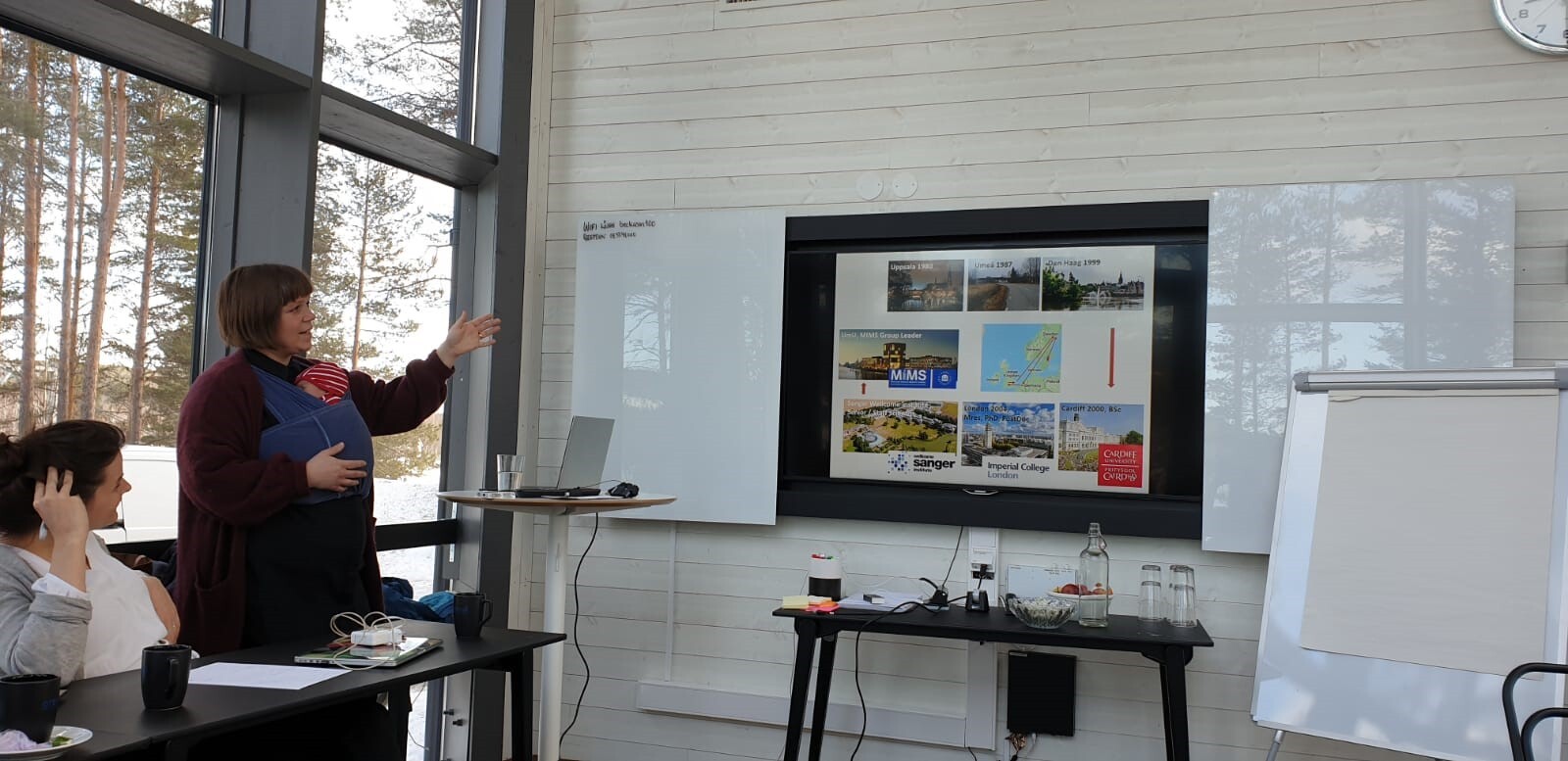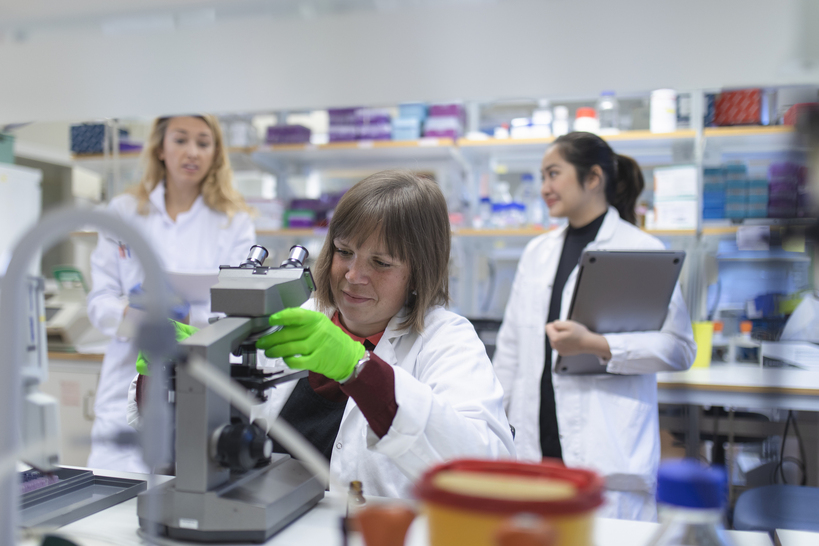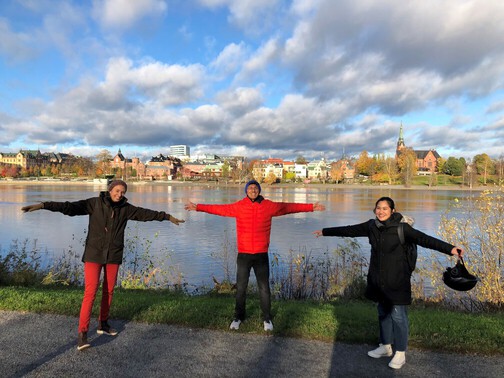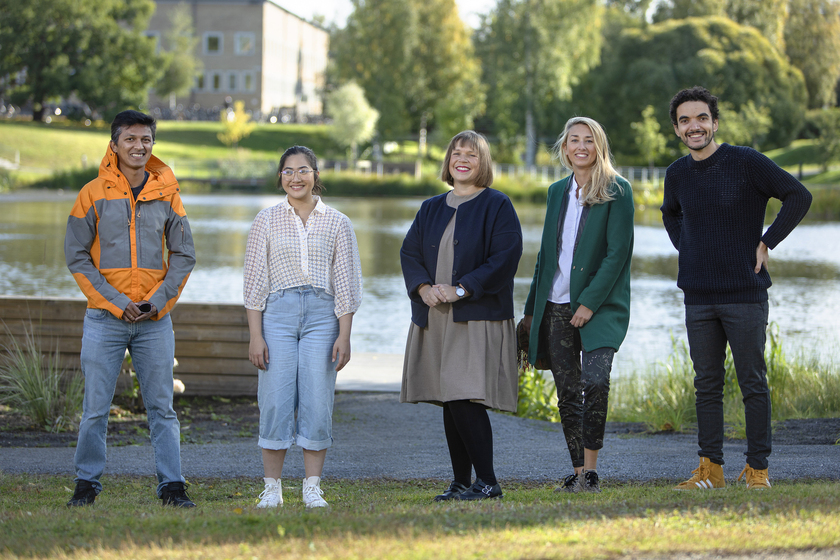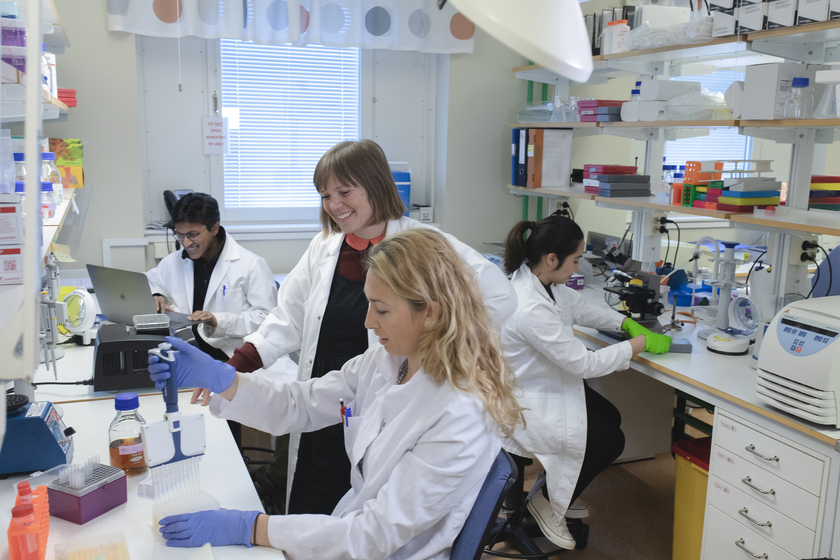Molecular mechanisms of malaria parasite-host interactions
The overall goal with the research in our lab is to better understand the molecular mechanisms that underpin malaria infection and disease in order to better inform development of new anti-malaria drugs and vaccines. We are interested in how malaria parasites interact with host at a molecular level, primarily through the many proteins that the parasite actively export. We study these processes in vivo using the rodent malaria parasite Plasmodium berghei infection model. We use high-throughput phenotyping methods that combine pooled transfections and barcode sequencing technology to phenotype pools of ~100 of P. berghei gene knock-out mutants in parallel (Gomes & Bushell et al. 2015, Bushell, Gomes and Sanderson et al. 2017, Stanway, Bushell, Chiappino-Pepe and Roques et al. 2019).
We are also driven by a larger fundamental interest in deciphering gene function in malaria parasites, whose genomes encode around 50% of genes with no functional annotation. In order to push the boundaries of our understanding of malaria parasite gene function we continue to develop and deploy scalable reverse genetic tools and screens, using both highly efficient long-homology arm PlasmoGEM (https://plasmogem.sanger.ac.uk/) vectors and developing CRISPR/Cas9 based tools.
We are also passionate about science communication and outreach. If you like to meet some of us and learn a little more about our work, below is a science communication video we made for ForskarFredag 2020 (a part of European Researcher’s night).
